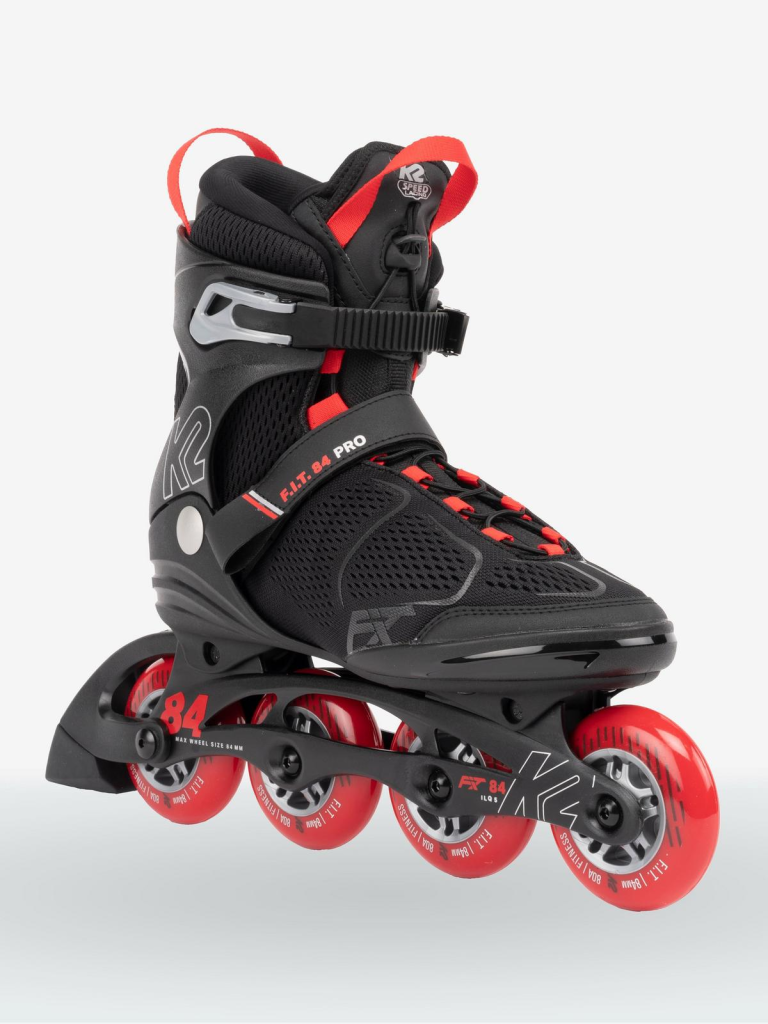
Inline skating is a fun and exciting way to stay active and enjoy the great outdoors. However, choosing the right inline skates can be overwhelming, especially for beginners. With so many different types, styles, and features available, it can be difficult to know where to start. In this article, we’ll explore the key factors to consider when choosing inline skates in the right way.
Purpose
The first step in choosing inline skates is to determine your purpose. Are you a beginner looking for a casual pair of skates to use for fitness and recreation? Are you an experienced skater looking for high-performance skates for racing or aggressive skating? Knowing your purpose will help you narrow down your options and find the right inline skates for your needs.
Fit
The fit of your inline skates is critical for both comfort and performance. A poorly fitting skate can cause discomfort, blisters, and even injury. When trying on inline skates, make sure to wear the socks you’ll be skating in and lace up the skates snugly. Your toes should be able to wiggle freely, but your heel should be held firmly in place. You should also make sure there is no excessive pressure or discomfort around the ankle or top of the foot.
Wheel size
Wheel size is an important consideration when choosing inline skates. Larger wheels provide a smoother ride and are better suited for outdoor skating, while smaller wheels are more maneuverable and better suited for indoor skating and tricks. Wheel size is typically measured in millimeters and can range from around 72mm to 110mm. Beginners may want to start with a wheel size in the mid-range, around 80-84mm, while more experienced skaters may prefer larger or smaller wheels depending on their purpose.
Frame material
The frame of your inline skates is what holds the wheels and provides support for your feet and ankles. Frames can be made from a variety of materials, including plastic, aluminum, and carbon fiber. Plastic frames are lightweight and affordable, but may not provide as much support as other materials. Aluminum frames are more durable and provide better support, but can be heavier and more expensive. Carbon fiber frames are the lightest and most advanced, but also the most expensive.
Closure system
The closure system of your inline skates is what keeps your foot securely in place. There are several types of closure systems available, including laces, buckles, Velcro straps, and combination systems. Laces provide a customizable fit and are a good choice for beginners, while buckles and Velcro straps provide a more secure fit and are better suited for aggressive skating and racing. Combination systems that combine multiple closure types can provide the best of both worlds.
Boot material
The material of your inline skate boot is another important consideration. Boot materials can range from traditional leather to synthetic materials like nylon and PVC. Leather boots are durable and provide a comfortable fit, but can be heavier and less breathable than synthetic materials. Synthetic materials are lightweight and breathable, but may not provide the same level of support as leather.
Skill level
Your skill level is an important factor to consider when choosing inline skates. Beginner skaters will want to look for skates that provide good support and stability, while more advanced skaters may prefer skates that are lighter and more maneuverable. Skates for aggressive skating and racing will also have different features, such as larger wheels, specialized frames, and high-performance bearings.
Conclusion
Choosing inline skates can be a daunting task, but with the right information and considerations, you can find the perfect pair for your needs. It’s important to consider your purpose, fit, wheel size, frame material, closure system, boot material, skill level, and price when choosing inline skates. With the right pair of skates, you can enjoy the thrill and excitement of inline skating for years to come.

